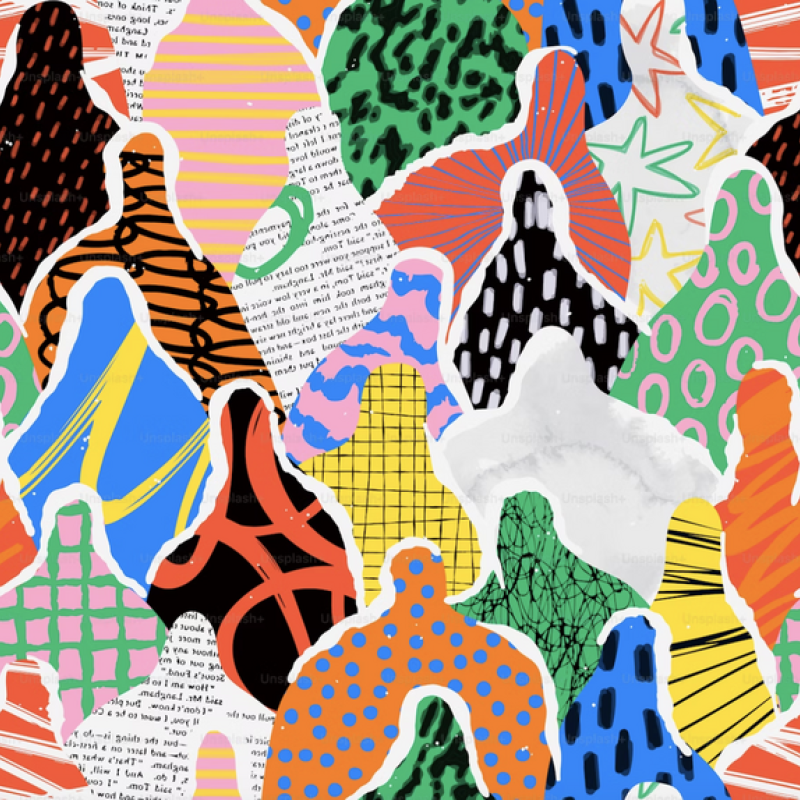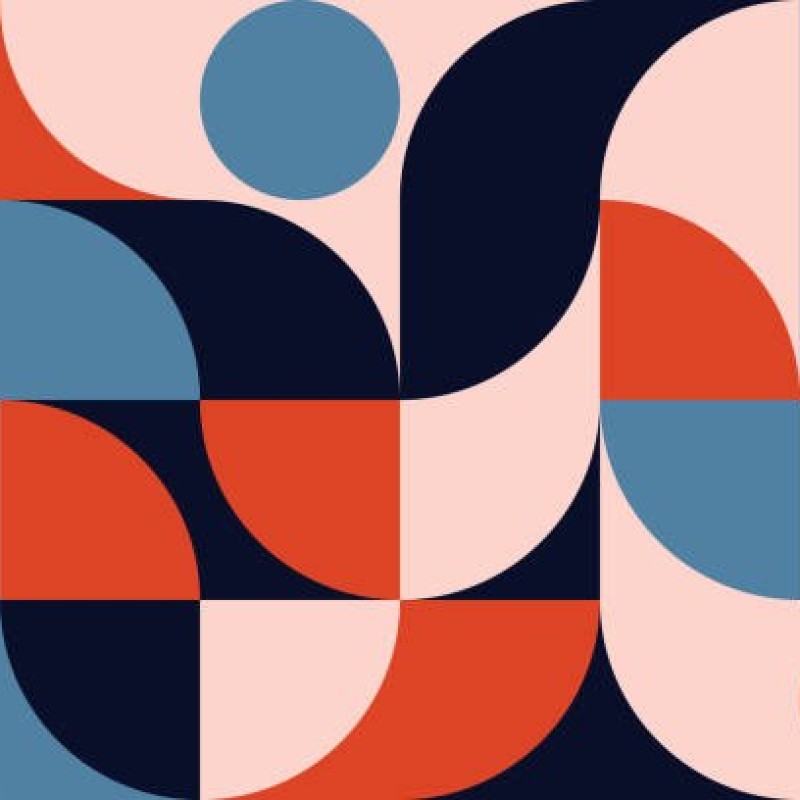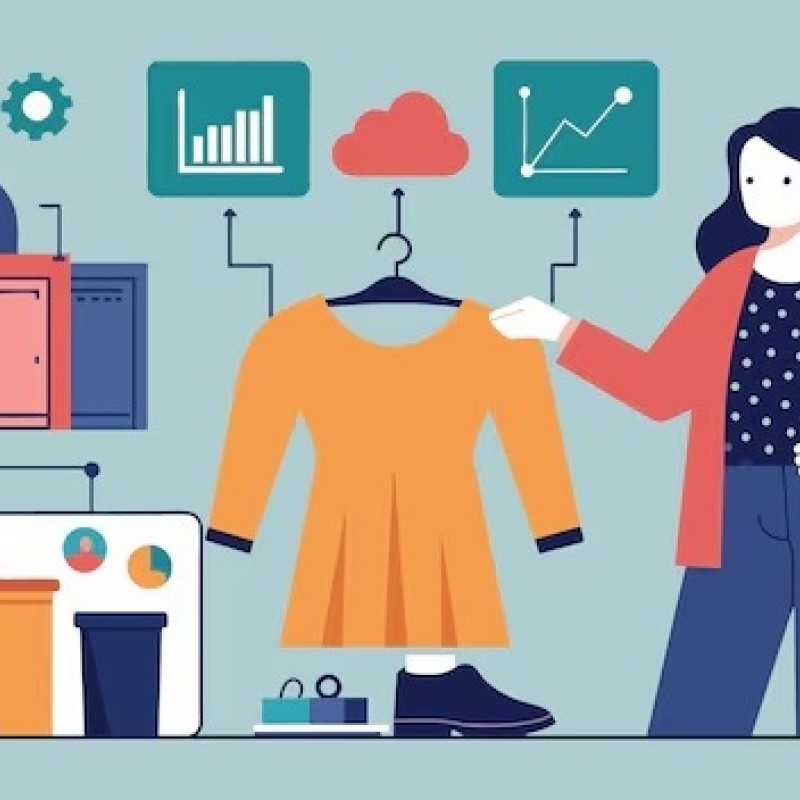The fashion industry was one of the first to explore the benefits of brand collaborations. The “stronger together” philosophy has certainly helped shape the fashion landscape, allowing us to see new facets of the brands we know and love.
What are brand collaborations, exactly? How does collaborative marketing benefit every brand in the partnership? What does the future hold for co-branding? Let’s delve deeper into this tried-and-true marketing strategy.
In its simplest form, collaborative marketing involves two brands joining forces to create a unique product that incorporates elements from both of their universes. Then, they design a campaign to promote the resulting product together.
Brand collaborations – aka co-branding – are a counter-intuitive yet effective approach to building a reputation and promoting differentiation. One might think that investing efforts towards bolstering not just their own brand but their competitors’ as well may take attention away from the products these companies are trying to sell.
Yet, when done right, this strategic partnership can help all the actors involved achieve their mutual goals. By merging resources and leveraging each other’s potential, fashion brands can create innovative products, reach new audiences, increase their market share, enhance brand perception, and come up with unique value propositions that would be impossible to achieve individually.
The world of fashion design is competitive yet creative and diverse. Brands can spread their wings and find ways not just to carve out their own nice within the market. They can also share it to everyone’s advantage.
One of the main and most tangible advantages of collaborative marketing is the expanded audience reach and access to new markets. A joint campaign exposes each brand’s audience to the other brand’s message, thus opening new opportunities for both.
This, in turn, strengthens their credibility and brand image: partnering with a reputable actor in the same industry is a huge vote of confidence on the part of the company in question. It helps foster a positive consumer perception. For example, by collaborating with a company that manufactures sustainable materials, a luxury clothing brand can show its commitment to embracing more eco-friendly practices. This tangible action will enhance the brand’s image in the eyes of audiences concerned about sustainability.
Alt text: Brands collaboration
Brand partnerships allow everyone involved to pool their expertise and resources and to share the cost of product development and operational processes. This means that fewer individual investments can achieve more significant results.
With the rise of social media and digital marketing, consumers are more enlightened than ever about how the fashion market functions. And while they are presented with an ever-growing number of options, they always seek out innovation, which is something brands can struggle to deliver in a vacuum. Collaborative marketing strategies fill the void, keeping ideas fresh and new collections appealing.
The inception of brand collaborations in the fashion industry dates back to the 1930s and 1940s when Italian designer Elsa Schiaparelli joined forces with Spanish surrealist artist Salvador Dalí to create the Lobster Dress. The dress was worn by Wallis Simpson when she married the recently abdicated Duke of Windsor, ensuring the garment would forever be recorded in the annals of modern history.
From that point on, fashion collaborations became exclusive, exciting news anytime they were announced.
Louis Vuitton and Stephen Sprouse, Karl Lagerfeld and Chanel, Nike, whose collaborations took the worlds of fashion and sports by storm, Adidas and Prada… Brand partnerships allow established houses to reinvent themselves and remain current throughout the ages while cementing the new actors’ claim to fame.
With big names coming together such as Zara and Clarks (creating a unique collection of Wallabees and Desert boots), Longchamp and Stéphanie D’heygere (with a unisex collection consisting of 6 capsule-wardrobe pieces), Perfect Moment and DL1961 (with their denim skiwear collection), or Liberty London and Carhartt WIP (with exclusive nightwear), there’s a lot for consumers to explore and discover.
In recent years, countless fashion brands have chosen to create capsule collections celebrating famous ambassadors. Both Louis Vuitton and Adidas, for instance, chose to team up with Kanye West to release limited-edition footwear.
Many fashion brands also turn to influencers, whose sway on younger audiences is as immense as it is undeniable. Zara (who teamed up with model Kaia Garber in 2022), H&M (who appeared on Gigi Hadid’s main Instagram account, garnering millions of likes), Sézane (whose collaboration with the Influencer Voice generated $34.0M, with California-based influencer Cogey on Instagram brought in $322K, or whose Instagram placement with Chloé Lukasiak amassed $220K)… This approach allows them to give their collections a voice that will be heard all over social media.
The element of surprise can be a precious asset which, when wielded confidently, can garner the public’s attention by leveraging its appetite for the unexpected.
2023 alone saw exclusive collaborations between Lacoste and Netflix (in the form of a collection celebrating Stranger Things, Bridgerton, Sex Education, Shadow and Bone, and more of the streaming service’s most popular shows), Loewe and Studio Ghibli (to release a collection inspired by the animated film “Howl’s Moving Castle”), Gap and Mattel (for a collection of clothing and accessories based on the film “Barbie”), Karl Lagerfeld and Disney (to create a capsule collection celebrating Disney’s 100-year anniversary), etc.
Fashion brand collaborations are poised to keep flourishing and become more diversified. As consumers demand more sustainable goods, they will look favourably upon cross-sectorial partnerships where a lower environmental footprint is a common goal. From new materials derived from post-consumer waste to collaborations with artisanal communities that create alternative sources of income for populations in need, to partnerships with transport companies to lower the carbon footprint of a piece of clothing by centralising deliveries… There are many avenues to explore.
This move towards more cross-sectorial brand collaborations also reflects the brands’ willingness to embrace a less elitist vision of fashion, in step with the times. Ever since H&M launched its first collection in collaboration with Karl Lagerfeld back in 2004, there has been a keen interest in seeing high fashion democratised.
Lastly, the future of fashion is looking liquid. Brands will be expected to keep reshaping their image and venture into providing experiences over products. The worlds of food and hospitality, for instance, are opening themselves up to new aesthetics. Meanwhile, fashion brands such as Prada, Armani, Ralph Lauren, and Burberry have already begun experimenting with clubs, restaurants, coffee, and more.
As digital advertising redefines advertising – inviting audiences to engage with the messaging and find enjoyment in it – brand collaborations will move away from their usual path. They will strive to bring consumers exactly what inspires them, makes them dream, and makes them buy.





Beyond Talent
Fashion Recruitment Agency
Specialising in Senior and Executive recruitment for the luxury fashion, lifestyle and beauty industries worldwide.
Head Office Address
20-22 Wenlock Road, London, N1 7GU
Contact Us